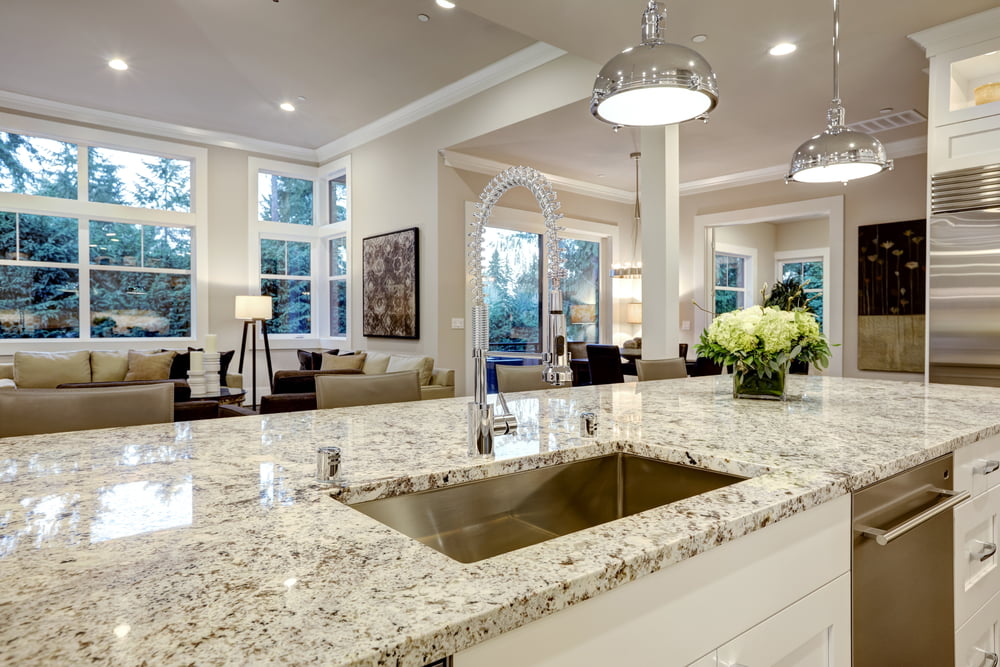Granite is traditionally regarded as the best material for worktops, floors, and other architectural components because of its classic beauty and tenacity. However, the detailed process known as granite fabrication is what goes into creating each gorgeous granite installation. Granite fabrication is more than just a straightforward manufacturing process; it’s a real art form where expert artisans create amazing works from raw stone. In this post, we’ll look at the elaborate process of making granite and the creativity that goes into creating beauty out of stone.
The Trip Begins: Choosing the Ideal Slab
The process of fabricating granite starts with the identification of the ideal slab. Every granite block differs from the next, with colour, veining, and pattern variances. Slabs are meticulously inspected by skilled fabricators who consider inherent imperfections, colour uniformity, and grain direction. The objective is to choose a slab that best displays the natural beauty of the stone while also satisfying the client’s aesthetic requirements.
Cutting with Precision: Turning Unfinished Stone into Useful Parts
The real manufacturing process starts when the slab is chosen. The intended countertop or surface area must first be precisely measured and templated. Fabricators make perfect templates using sophisticated measuring instruments and processes to account for every curve, angle, and dimension.
Subsequently, the slab is sliced into pieces that make up the countertop or surface. Skilled fabricators follow the pattern to cut precisely using water jets and diamond-tipped saws, guaranteeing a smooth fit and flawless look. This stage calls for both a steady hand and an acute eye for detail to maneuver through the intricate details of the stone.
Adding Style and Sophistication with Artful Edging
After the pieces are trimmed to size, the focus moves to the surface’s or countertop’s edges. The edge profile, which offers both design and usefulness, is essential to the final product’s overall appearance. Various edge profiles are available from fabricators, ranging from traditional choices such as bevelled and bullnose edges to more complex patterns like waterfall and ogee edges.
These edge profiles need to be made with precise tooling and expert artistry. Fabricators meticulously shape and polish the edges using automated gear and human techniques. To bring out the beauty of the stone and harmonize with the overall design, each edge is painstakingly sculpted.
Smooth Assembling: Tying Everything Together
Now that each component has been cut and edged, assembly is required. Fabricators ensure that every component fits and aligns precisely by placing it carefully in its assigned spot. This step requires close attention to detail since any misalignment or spacing issues might negatively impact the countertop’s final look.
Fabricators use specific adhesives and procedures to glue the components together to make the finished product seamless. The countertop is put through a final check once it has been completed to ensure that all of the seams are almost invisible and that the overall design adheres to the highest standards of quality and artistry.
Conclusion
Granite fabrication is a real art form that honours the natural beauty of stone and is much more than a technical technique. Every stage of the manufacturing process, from the meticulous selection of the ideal slab to the accurate cutting, creative edging, flawless assembly, and finishing touches, calls for talent, knowledge, and a profound awareness of the stone’s beauty. The end product is a magnificent work of art that highlights any room’s beauty and is proof of granite’s enduring appeal.

